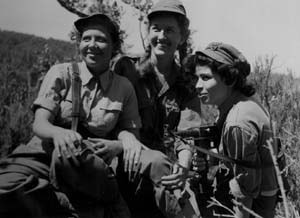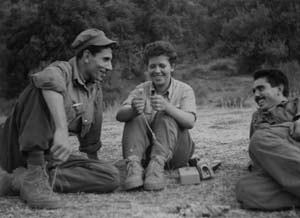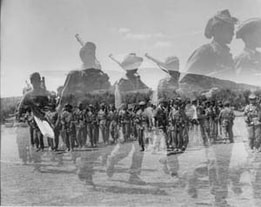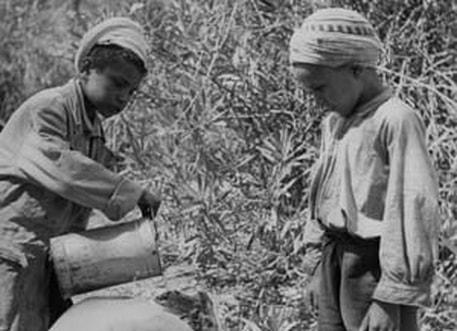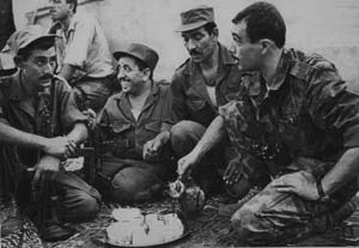In Search of Amber
By Kathryn DeGraff
On the way to the outskirts of a village south of Algiers, myself and my companion, a CBS TV newsman, met three carloads of journalists heading back to Algiers because nothing was happening out on the battlefield. We were the only journalists there. So on my second day as a freelance photographer, I had a world scoop!
